AOPA participates in the Amputee Coalition Hill Days Event April 16 and 17
In addition to scheduling 78 meetings for attendees with their Congressional Members and staff on the Hill on April 17, the Amputee Coalition held a training event the day prior to inform attendees of its legislative priorities and the asks they would be making during their meetings the following day. Ashlie White presented on the research studies that show increased quality of life and cost-effectiveness for patients who receive prosthetic intervention. Ashlie also presented on the provisions of the Medicare O&P Improvement Act (S. 1191/H.R. 2599)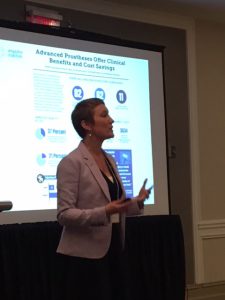
The Amputee Coalition included S. 1191/H.R. 2599 as one of its main legislative priorities for attendees to discuss during their Hill meetings. The Amputee Coalition emphasized that people with limb loss and limb difference deserve their prosthetic care to be provided by qualified clinicians. The Coalition supports adoption of a final regulation for BIPA 427 to ensure that only qualified providers are able to provide O&P Care, removing prosthetic and custom orthotic devices from the DME category to distinguish the unique rehabilitative nature of these 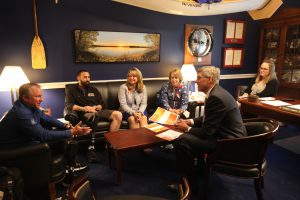 devices in comparison to DME supplies, and enacting the remaining provisions of the Medicare O&P Improvement Act.
devices in comparison to DME supplies, and enacting the remaining provisions of the Medicare O&P Improvement Act.
As luck would have it, Tuesday was also scheduled the House Committee on Veterans Affairs Committee held a hearing on several bills, including the Injured and Amputee Veterans Bill of Rights (H.R. 2322), a Bill that has been championed by the National Association for the Advancement of Prosthetics and Orthotics (NAAOP). Several individuals with limb loss sat in the front row of the hearing as a sign of solidarity with Amputee veterans. AOPA included H.R. 2322 as one of its major policy initiatives during the 2018 Policy Forum in March, and was pleased to participate in the hearing on Tuesday.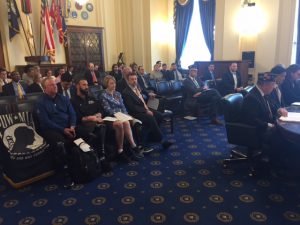
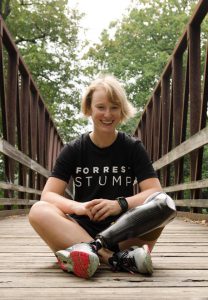
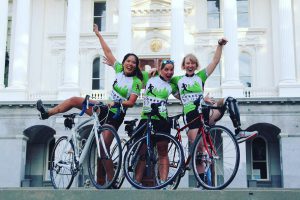
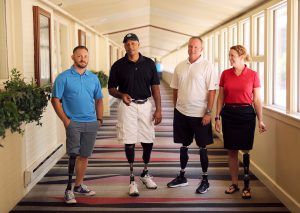
 By LUIS ANDRES HENAO
By LUIS ANDRES HENAO Three national coalitions including sixty (60) national rehabilitation and disability organizations will host a Congressional briefing on the value of rehabilitation and habilitation services and devices. As Congress considers health care reform, it is critical that people with injuries, illnesses, and disabilities have continued access to rehabilitative and habilitative care.
Three national coalitions including sixty (60) national rehabilitation and disability organizations will host a Congressional briefing on the value of rehabilitation and habilitation services and devices. As Congress considers health care reform, it is critical that people with injuries, illnesses, and disabilities have continued access to rehabilitative and habilitative care.


